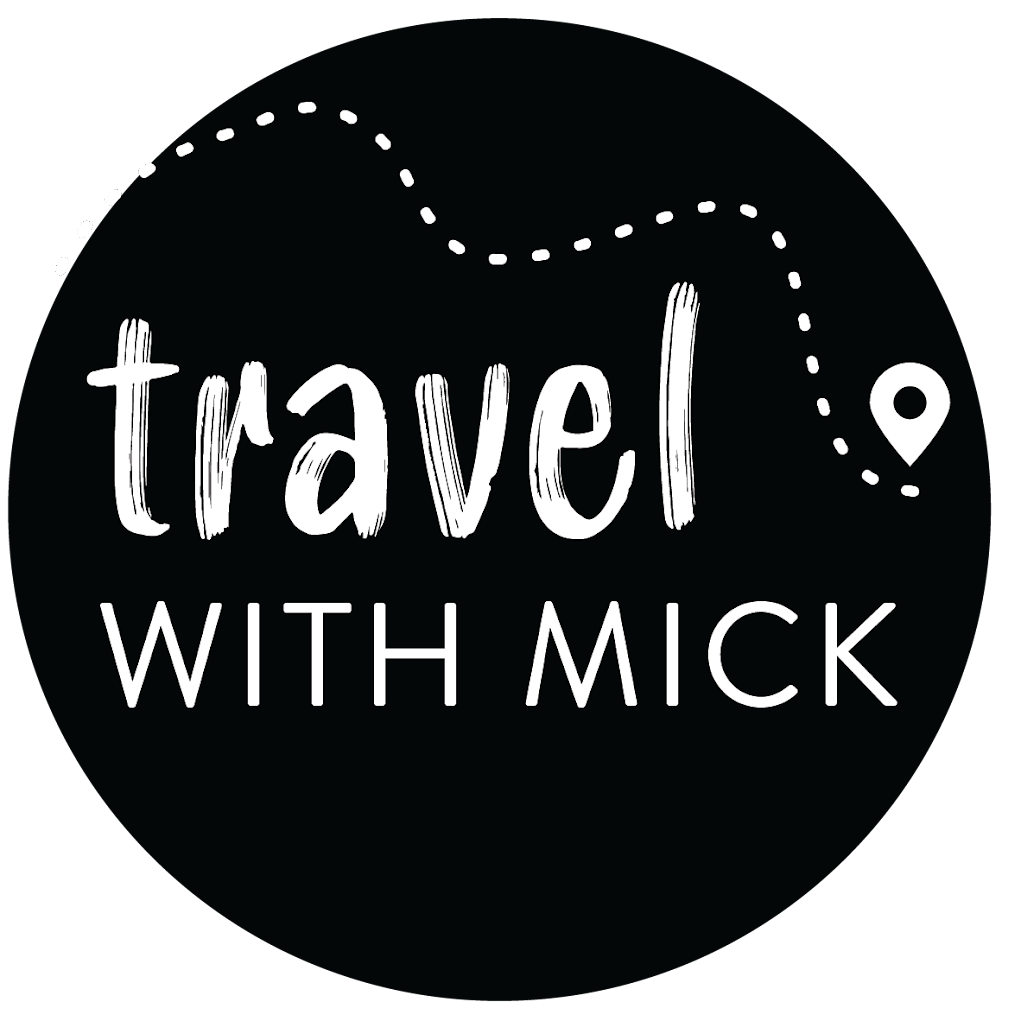Astro Fun - Hot Tips for Astro Photography
06:20Shooting Astro Photography is something that I have been doing more and more. Having a camper trailer we go camping more often now and when you get away from the city it gives you the opportunity to shoot the stars. Here are a few hot tips that I have learnt along the way.
Astro Fun
If you want to find out more about how I plan my landscape shots check out my other post Planning To Shoot Landscape Photography
Equipment:
You are going to need a sturdy tripod as you are going to need to have a slow shutter speed to capture the stars in detail. There are some point and shoot cameras that have star mode and you can get some good shots with those, but you really need to have a camera with manual controls for the best results. You are going to need a wide lens something between 10mm and 35mm. My go to lens is the Tokina 11-16mm f2.8. It is one of the best value f2.8 wide angle lenses and you want a lens with a smaller f stop to allow more light into the camera. You will also need a remote shutter release. You can set you camera on a count down timer but you still might have some camera shake and the beeps and waiting is annoying.
Have something in the shot to give perspective
Some light painting of the trees with a torch gives
Camera Settings:
There is quiet a bit of information out there about the settings that you should use to shoot the stars. When I arrive at a location and have my camera set up on my tripod, I will first shoot with my go to settings for astrophotography. These are having the camera in the manual setting, f2.8, ISO 3200, shutter speed 30 seconds. The metering setting doesn't matter too much, but I generally use spot metering. The most important tip I am going to give you is to switch your lens to manual focus. I cannot stress this tip enough. I recommend you focus to infinity and then just a tiny turn back is generally the sweet focus point and will have everything sharp. Once you have a shot or two analyse the shot and the histogram. make sure that you zoom right in on a couple of the stars to check that they are sharp. If they are not pin sharp you may need to speed up your shutter speed. Stars are moving and generally should be sharp 30 seconds and less. Try 25 seconds and then reduce. You may have to adjust your ISO levels to get enough light onto the sensor.
Break the rules I have just given and shoot where there is light. Night can turn into day
Planning:
Planning a shoot will ensure that you come away with good results. Steer clear of the full moon. Go when the moon is in first quarter for best results. The moon can be so bright and can ruin your evening. Anther thing that can ruin your evening shoot is clouds. So you want a clear night and a small moon. You can also plan to shoot before the moon rises and after it sets. Do some research on constellations so you know what you are looking at. There are a couple of great apps and websites that I use. My go to app is Photopills for IOS which has a 2D Milky Way planner and for desktop planning I use Stellarium. One last tip is to make sure that you get as far away from city lights as possible. Run for the hills!
If you want to find out more about how I plan my landscape shots check out my other post Planning To Shoot Landscape Photography
Join me on Instagram @mick_duck







0 comments